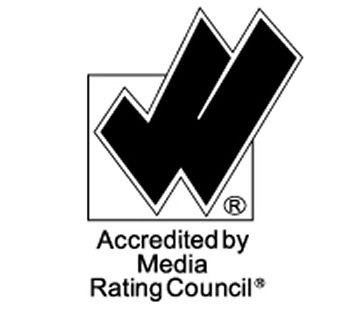 Media Rating Council and social giant join forces to draft more ad viewability standards, Ad Age reports
Media Rating Council and social giant join forces to draft more ad viewability standards, Ad Age reports
Ad viewability on mobile devices is an emerging issue for publishers, and Facebook – along with the Media Rating Council – has taken the lead on developing workable measurements.
Ad Age reports that Digitas, the Interactive Advertising Bureau, IPG Mediabrands, L’Oreal, Nielen, Starcom MediaVest, Wendy’s, and ZenithOptimedia are also involved with the effort. The working group is aiming to have a draft in place by the fourth quarter of 2015.
Also up for discussion is an in-feed ad viewability quantifier, although organizers say standardizing in-feed – or native – digital advertising is a more nuanced enterprise.
“Just 44% of ads served on the mobile web during the fourth quarter met the Media Rating Council’s viewability standard, according to an analysis by digital measurement firm Moat, which looks at data across more than 10,000 sites,” writes Tim Peterson in Ad Age.
“Now Facebook is working on a remedy. Along with the Media Rating Council, Nielsen, the Interactive Advertising Bureau and a host of brands and agencies, Facebook is trying to develop new measurement standards to make sure that ads running on smartphones and tablets or within publishers’ vertical content feeds are only counted if they had an opportunity to be seen. (As recently as two weeks ago, an MRC spokeswoman told Ad Age that the group had ‘no workshops on mobile viewability scheduled as of yet.’).”
The MRC only recently opened the gates on desktop and video ad viewability. Currently, two consecutive seconds of a video must play in view (not necessarily at the beginning), with the same pixel requirements as display ads, while a banner, for instance, must be 50% in view for at least one second.
While ad buyers were initially lukewarm on the ad viewability process itself, and while many in the industry consider the desktop standards a work in progress, the mobile ad viewability group plans on achieving a more widely accepted metric – and one that increases the comfort level of advertisers as more and more of them move to tablets and smartphones – Ad Age reports.
Facebook, meanwhile, came up with its own desktop ad viewability standards in 2014, as well. It doesn’t currently adhere to an MRC standard, but its practice – registering an ad as viewed as soon as it appears, regardless of for how long – is ultimately not that different from the MRC’s approach, Ad Age reports. According to the social network’s analysis of more than 12 billion desktop ads last year, an ad is valuable for a buyer once it’s in view.
Recently, video activity and revenue has accelerated on the site, with brands and publishers scrambling to get in on the game. Any mobile milestones reached this time around could have far-reaching effects for publishers.
What are your experiences with ad viewability standards? What about with video on Facebook? Let us know in the comments!
To read more about the Facebook-MRC partnership on mobile ad viewability, visit Ad Age.


